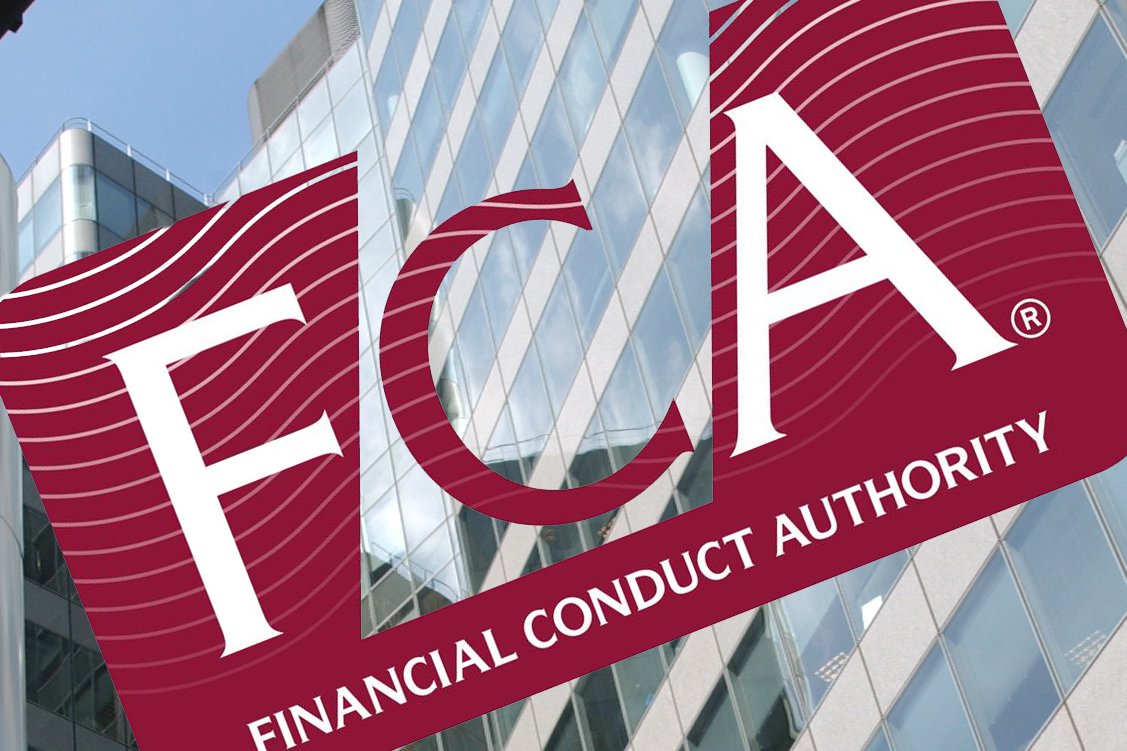Industry experts discuss how alternative investments can help income investors combat poor yields.
The Bank of England this week lifted restrictions on bank dividend payments and share buybacks imposed last April, due to its belief the sector is resilient enough to withstand any further pandemic-induced shocks.
While a positive development for income-starved investors – with banks historically among the largest and most relied upon dividend payers – the resumption of payouts is unlikely to provide much salvation.
With Lloyds, Natwest and Barclays each yielding below 1.5%, investors will need to look wider to identify sources of higher income – particularly as inflation fears continue to mount:
Ben Fry, manager of Residential Secure Income Plc (ReSI)
The pandemic and ultra-low interest rates have made investors’ search for resilient, uncorrelated income opportunities all the more important.
In the UK, RPI is now at 3.3% and is forecast to increase to 3.7% this September – a substantial increase from last year. For investors in affordable housing markets, rising inflation is less of a concern and more of an opportunity. Demand for affordable housing is high and increasing – as rising house prices push housing out of reach for even more of the population. The same cannot be said for commercial property, where future demand remains uncertain. Our leases have RPI or CPI-linked rents, which means the income from our homes increases alongside inflation.
Inflation-linked income is in great demand. Within commercial real estate, caps and collars are increasingly being put on inflation-linked leases. In practice, this means a lease that increases with inflation is subject to a minimum of 1% and maximum 3% exposure, which limits an investment’s increase in a heavily inflationary environment. ReSI is in a very good position of having assets without capped inflation exposure, something investors will increasingly seek out.
Simon Matthews, portfolio manager, NB Global Monthly Income
The steeper yield curves we have observed since the beginning of the year, particularly in the US, negatively impact the returns of long duration fixed income, but this time the impact could be more dramatic, given the very low starting yields at the onset of this expansion. Senior floating rate loans are an attractive option for total return opportunities, which also provide an inflation hedge.
Senior floating rate loans have typically been viewed as a solution in periods when rates are rising, but it is not widely known the asset class has also seen good historical returns in flat rate environments. The senior‐secured position of a loan in the capital structure helps to reduce credit risk, as loan investors have priority for repayments in the event of a default before stock or bond holders, and loans hold a first priority lien on the assets of the borrower.
Over the past 32 years, the average recovery rate on loans that default has been roughly 65-70%, meaning credit losses amount to 30-35% of the 3.1% average annual default rate, or about 1%. This implies about 99% of principal has been returned to investors over a period that has included a number of recessions – meaning almost all the annual income that is generated from a portfolio of loans has been retained by investors.





